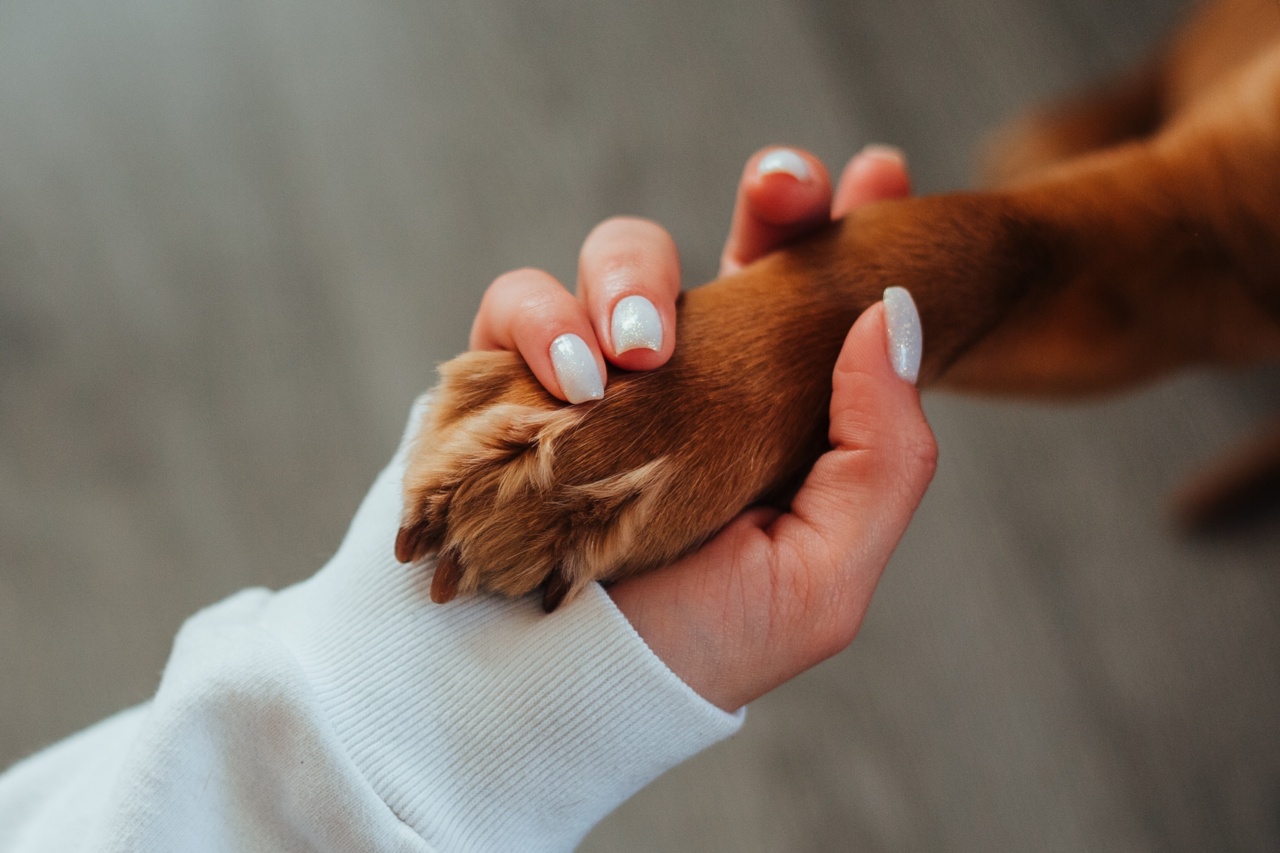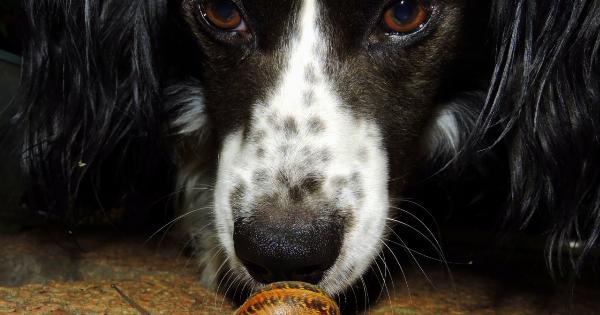Dog attacks can be a terrifying and dangerous experience for both the victim and the dog. While it’s important to note that not all dogs are aggressive, it’s crucial to be aware of the signs that may indicate an imminent dog attack.
By recognizing these signs, you can take appropriate steps to protect yourself and others. Here are some common warning signs to watch out for:.
1. Aggressive body language
A dog displaying aggressive body language is a clear warning sign. Look for signs such as raised hackles, a stiff tail held high or between the legs, pinned back ears, and a tense posture. An aggressive dog may also show teeth, growl, and bare its gums.
It may exhibit dominant behaviors like bowing down, lunging forward, or charging.
2. Intense staring
When a dog stares at you with a fixed gaze, it could be a sign of aggression. In the canine world, direct eye contact is seen as a challenge or a threat.
If you encounter a dog that maintains unwavering eye contact, stay calm and avoid direct eye contact in return.
3. Growling and snarling
Growling and snarling are clear indicators that a dog feels threatened or aggressive. These vocalizations serve as a warning, often accompanied by bared teeth, and should be taken seriously.
A dog may growl or snarl to intimidate and keep perceived threats at a distance. It’s essential to respect these warning signals.
4. Raised hair on the back
One of the visible signs of a dog feeling threatened is the fur standing on end along the back.
This piloerection response, often referred to as “raised hackles,” is an instinctual reaction aimed at making the dog appear larger and more dangerous. Avoid approaching a dog displaying raised hackles and give it space.
5. Tail wagging with tense body
While a wagging tail is often associated with a friendly and approachable dog, it’s important to consider the overall body language.
If a dog’s body is tense, and the tail is wagging rapidly but held high or tucked between the legs, it may signal nervousness, fear, or aggression. Exercise caution and give the dog space.
6. Fearful or anxious behavior
A fearful or anxious dog may exhibit signs of aggression if it feels cornered or threatened. Common fear signals include cowering, tucking the tail between the legs, excessive panting, excessive drooling, attempting to hide, or attempting to flee.
It is crucial to stay calm and avoid making sudden movements to prevent further escalation.
7. Barking and lunging
Barking is a natural vocalization for dogs, but continuous and aggressive barking coupled with lunging can indicate a potential attack. Dogs often bark to communicate their discomfort or assert their dominance.
If a dog repeatedly lunges towards you while barking, it’s advisable to slowly retreat and seek safety.
8. Protective behavior
Some dogs may display heightened protective behavior towards their owners, territory, or possessions. This behavior can manifest as growling, barking, or even biting when they perceive a threat.
Be cautious when approaching dogs that demonstrate possessiveness, especially if they are guarding their food, toys, or puppies.
9. Unsocialized or poorly trained dogs
Dogs that have not been properly socialized or trained may exhibit unpredictable behavior. They may be more prone to reacting aggressively out of fear or lack of understanding.
An unsocialized dog may be unfamiliar with human interaction and may perceive it as a threat. Approach unfamiliar dogs cautiously and avoid sudden movements.
10. Previous aggressive behavior
If you are aware of a dog’s previous aggressive behavior, it’s crucial to exercise caution when around that dog. A dog that has a history of aggression is more likely to display aggressive behavior in the future.
Take extra precautions, and if possible, keep a safe distance from such dogs.
How to stay calm during a dog attack
Keeping calm during a dog attack is crucial for your safety and the safety of others around you. Here are some steps to help you stay calm and handle the situation effectively:.
1. Avoid eye contact and remain still
When confronted by an aggressive dog, do not make direct eye contact, as it may be perceived as a threat. Instead, try to remain as still as possible, limiting any sudden movements that may provoke the dog further.
2. Do not scream or run
Although it may be difficult, avoid screaming, shouting, or running away. Sudden movements can trigger a dog’s prey drive and increase the risk of being chased or bitten. Try to stay rooted to the spot, facing the dog calmly and confidently.
3. Create a physical barrier
If possible, use any object or structure around you to create a physical barrier between you and the dog. This can be a tree, a bench, a bicycle, or even something as simple as a bag or backpack.
Putting an obstacle between you and the dog can help prevent its direct approach.
4. Protect vulnerable areas
If a dog lunges at you, use your non-dominant forearm to shield your face and neck. This offers some protection while keeping your dominant hand free to take further action if necessary. Remember to keep your fingers curled in to avoid potential bites.
5. Back away slowly
While keeping your eyes on the dog, slowly back away, maintaining a calm and confident posture. Sudden movements or turning your back on the dog may trigger its chase instinct. Retreat slowly until you are at a safe distance from the dog.
6. Use a firm and assertive voice
If the dog continues to approach or shows signs of escalating aggression, use a firm and assertive voice to command it to “stop” or “go away.” Choose short and clear commands, projecting confidence and authority.
Do not scream or yell, as it may further agitate the dog.
7. Stay aware of your surroundings
While dealing with a dog attack, it’s crucial to pay attention to your surroundings and any potential escape routes. Identify nearby safe spaces, such as cars, buildings, or fences, that you can reach if necessary.
Being aware of your environment can help you make informed decisions.
8. Call for help
If the situation escalates or you are unable to control the dog, call for help immediately. Alert nearby people or residents of the area to the presence of an aggressive dog.
If available, use your phone to contact local authorities or animal control to report the incident.
9. Seek medical attention
If you have been bitten or injured during a dog attack, seek medical attention as soon as possible. Dog bites can lead to serious infections and require proper evaluation and treatment.
Even minor wounds should be examined by a medical professional to prevent any complications.
10. Report the incident
After a dog attack, it is crucial to report the incident to the appropriate authorities. Provide them with accurate details of the attack, including the location, description of the dog, and any known information about the owner.
Reporting the incident can help prevent future attacks and ensure public safety.






























